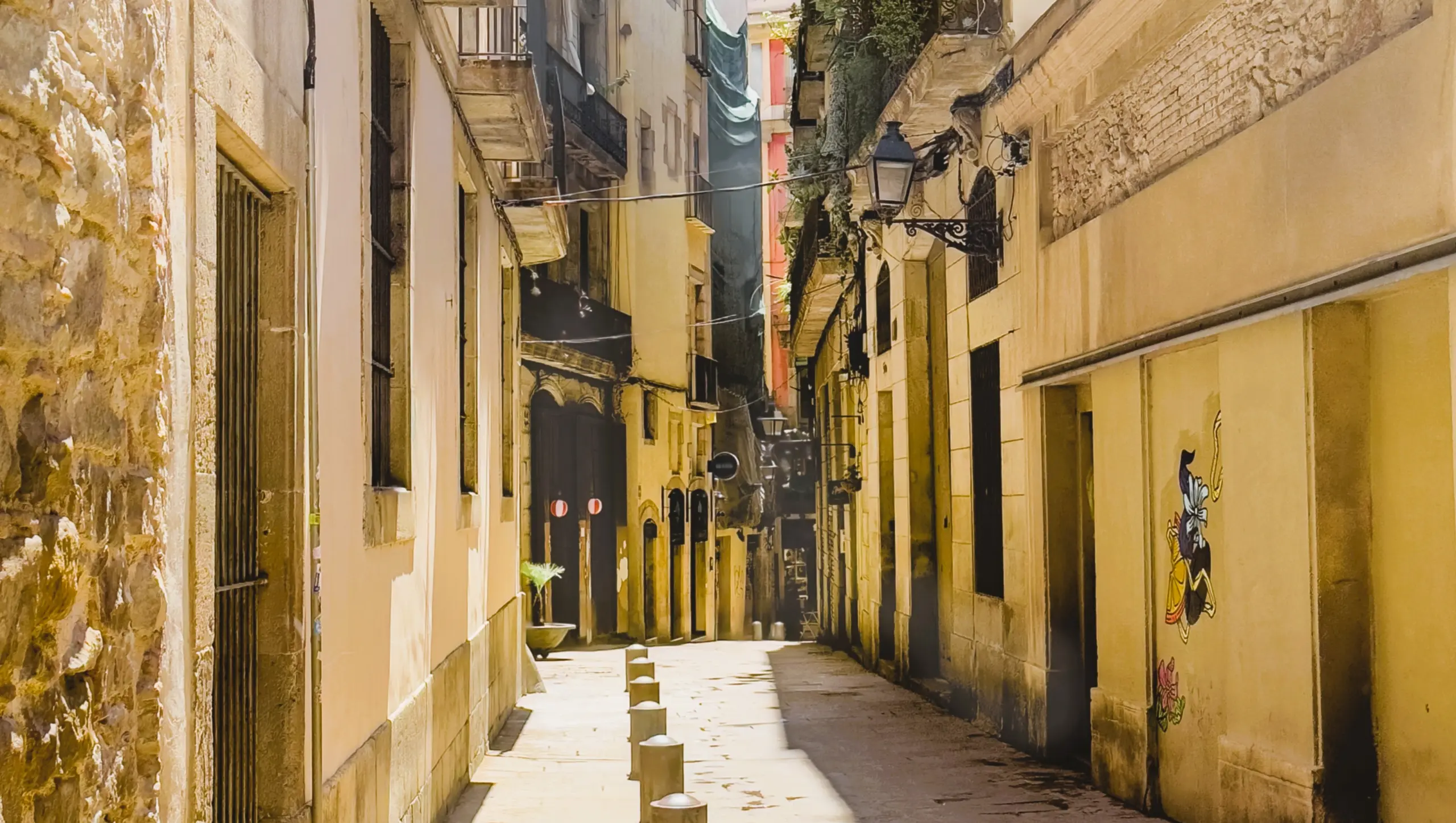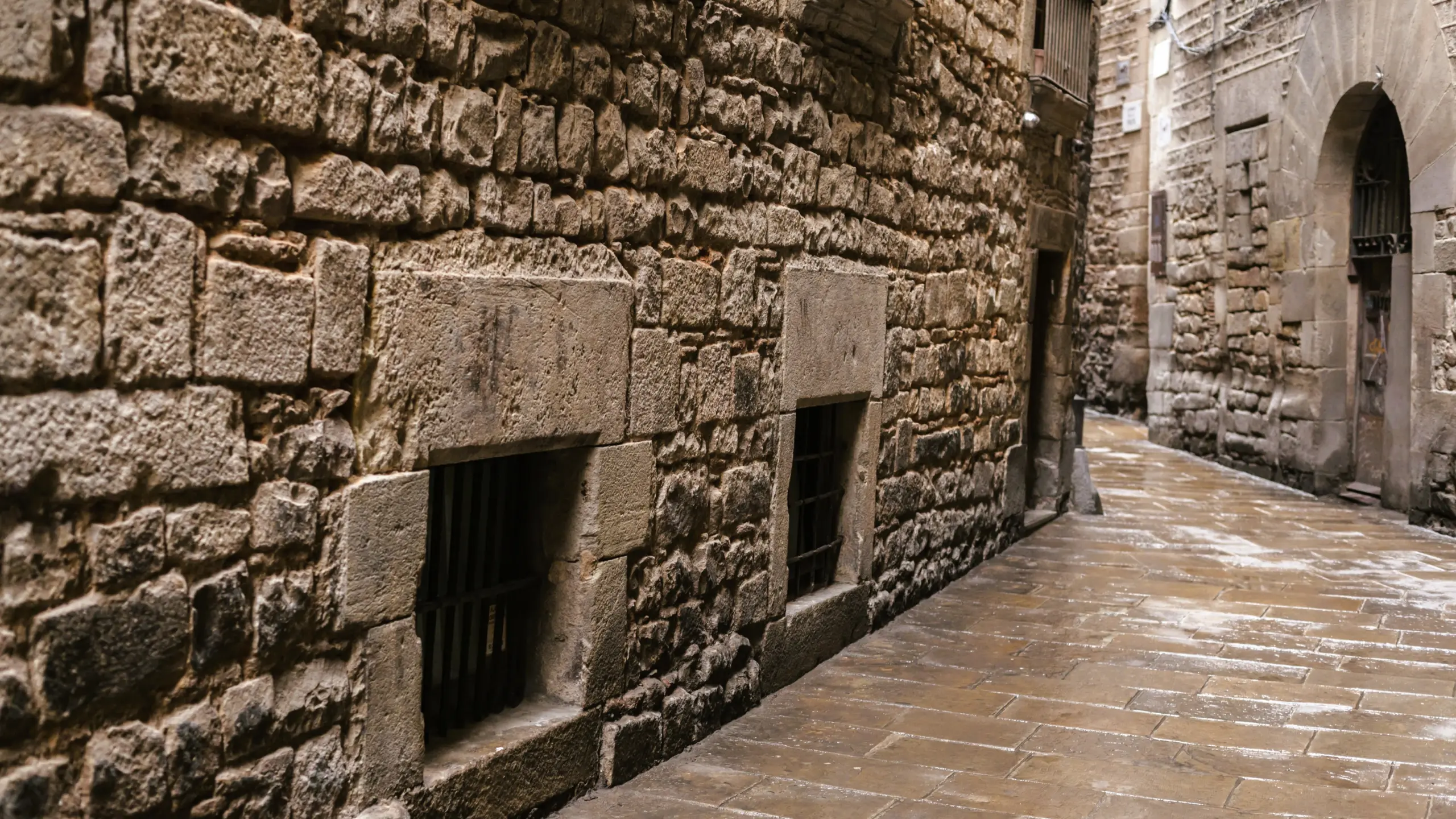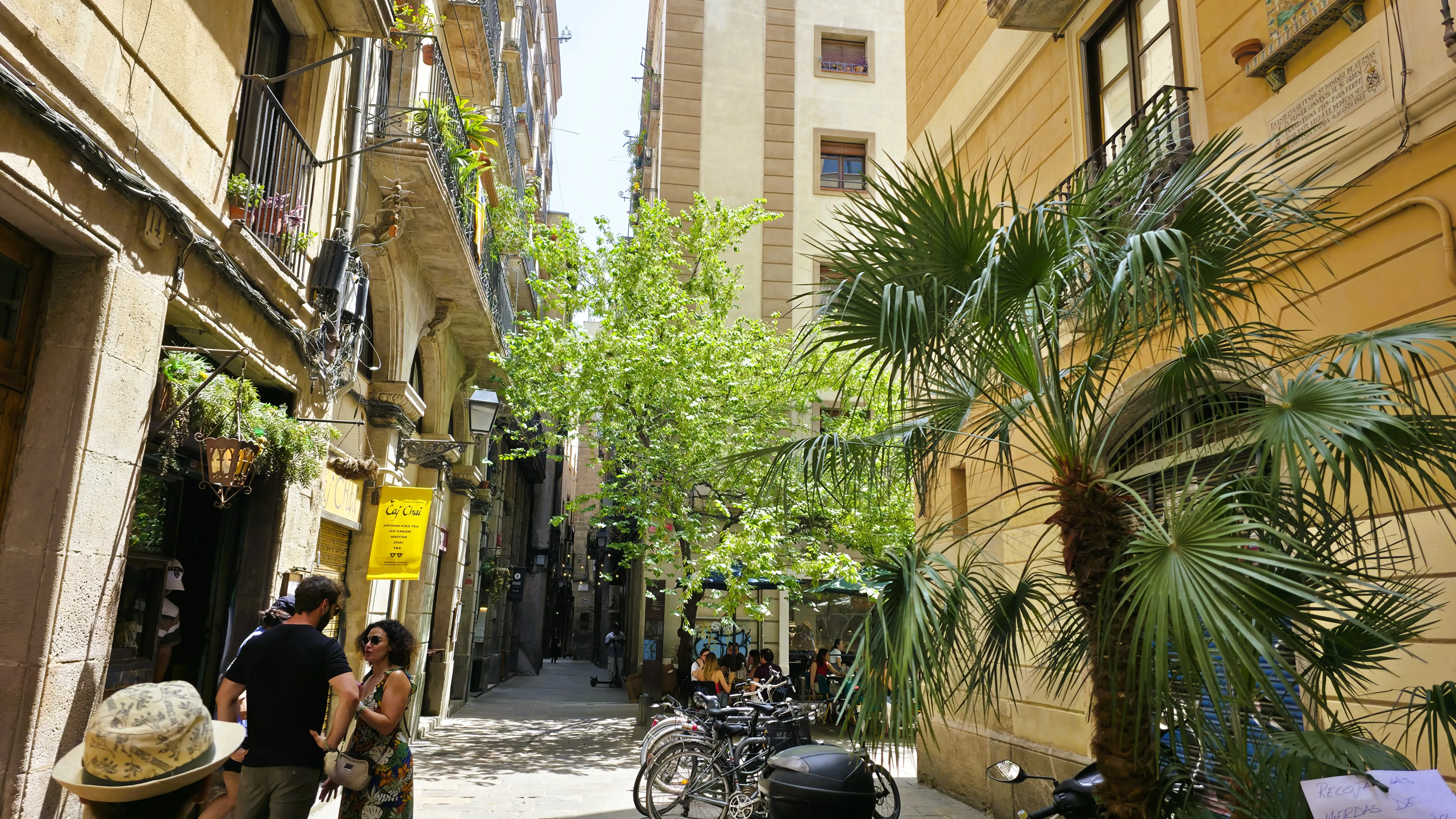Hola, wanderers! 💫 Barcelona dazzles with color and creativity, yet tucked within its Gothic heart lies a quieter story. On one golden afternoon, I found myself wandering through El Call, the city’s ancient Jewish Quarter, where sunlight filters gently between stone walls, and history seems to whisper from every narrow alley. This isn’t a place of spectacle. It’s a place of stillness, of cobblestones worn smooth by centuries and doorways that hold more memory than stone should ever bear.
A Glimpse Into the Past
Long before Gaudí transformed Barcelona’s skyline, El Call was home to one of medieval Spain’s most vibrant Jewish communities. From the 9th century until the tragic pogrom of 1391, this walled neighborhood thrived with scholars, physicians, artisans, and poets who helped shape Catalonia’s intellectual and economic life. Its name comes from the Hebrew word kahal (community). In its narrow labyrinth of streets, residents once spoke Hebrew, Catalan, and Latin; their homes doubled as shops, and voices echoed with prayer and debate.
Today, those same lanes – Carrer del Call, Carrer de Sant Ramon del Call, Carrer de Sant Domènec del Call, and Carrer Marlet – still trace the footprint of that world. Walk slowly, and you’ll notice faint mezuzah marks carved into ancient doorframes, reminders of faith that once framed each home.

The Ancient Synagogue: A Living Echo
Hidden at Carrer Marlet, 5, the Ancient Synagogue of Barcelona (Sinagoga Major) is believed to be one of the oldest synagogues in Europe, with foundations dating back to the 3rd or 4th century CE. Rediscovered in the 1980s and lovingly restored in the 1990s, it now serves as a small museum and cultural site. Inside, the air feels sacred – cool, dim, and filled with quiet reverence. The two stone windows align with Jerusalem, as tradition dictates, and fragments of Roman masonry form the walls. Standing there, I felt that delicate blend of awe and grief, as if centuries of silence had been waiting for someone to listen.

Memory and Resilience
The story of El Call is both inspiring and heartbreaking. After centuries of coexistence, the Jewish community was devastated by the 1391 riots, and those who survived were forced to convert or flee. The Inquisition later erased most visible traces of Jewish life from the city. Yet memory endures. The MUHBA El Call (Barcelona City History Museum) preserves this heritage through artifacts, documents, and personal stories that illuminate how deeply Jewish life once shaped Barcelona’s cultural fabric.
A Quiet Reflection
I lingered at the end of Carrer de Marlet, where ivy climbs the ancient walls and the air carries a hush that feels centuries deep. It was peaceful, almost suspended in time. For a city so full of sound and color, this corner felt like an exhale, a moment of stillness that invites you to listen. Here, you don’t just see history; you feel it in the uneven stones beneath your feet, in the hush between footsteps, in the sense that every wall holds a memory.
And yet, El Call is not frozen in the past. Today, the neighborhood hums again with quiet life: families, artisans, small boutiques, and guided walks that share its stories with care. Cafés spill gently into tiny squares, children laugh as they chase pigeons, and the same alleys that once knew silence now echo softly with everyday joy.

Barcelona may be famous for Gaudí’s brilliance and Mediterranean charm, but El Call reminds us that its true beauty also lies in resilience, renewal, and soul.
Before You Go: Visiting El Call
- Location: In the Gothic Quarter, bordered by Carrer del Call, Carrer de Sant Domènec del Call, and Carrer Marlet.
- Must-See: Sinagoga Major (Carrer Marlet, 5) and MUHBA El Call Museum (Placeta de Manuel Ribé, s/n)
- Best Time to Visit: Early morning or late afternoon when the alleys are quiet and bathed in soft light.
- Entry: The synagogue and museum both have small entrance fees; guided tours are available in several languages.
- Nearby: After your visit, stop for a coffee or glass of cava at a nearby Gothic café, the perfect spot to reflect.
- Photo Tip: Look for the small Star of David plaque on Carrer de Marlet, a subtle yet moving reminder of the community that once thrived here.
Final Thoughts
El Call isn’t just a district on a map, it’s a story of memory and rediscovery, a living link between Barcelona’s past and present. As you walk its narrow streets, you realize that history isn’t confined to monuments. Sometimes, it’s a whisper carried on the wind, a shadow on the wall, a feeling you can’t quite name but will never forget.
Have you explored El Call or another historic Jewish quarter that moved you deeply? Share your reflections in the comments. I’d love to hear your thoughts.
xoxo,
Bubbly🎈

